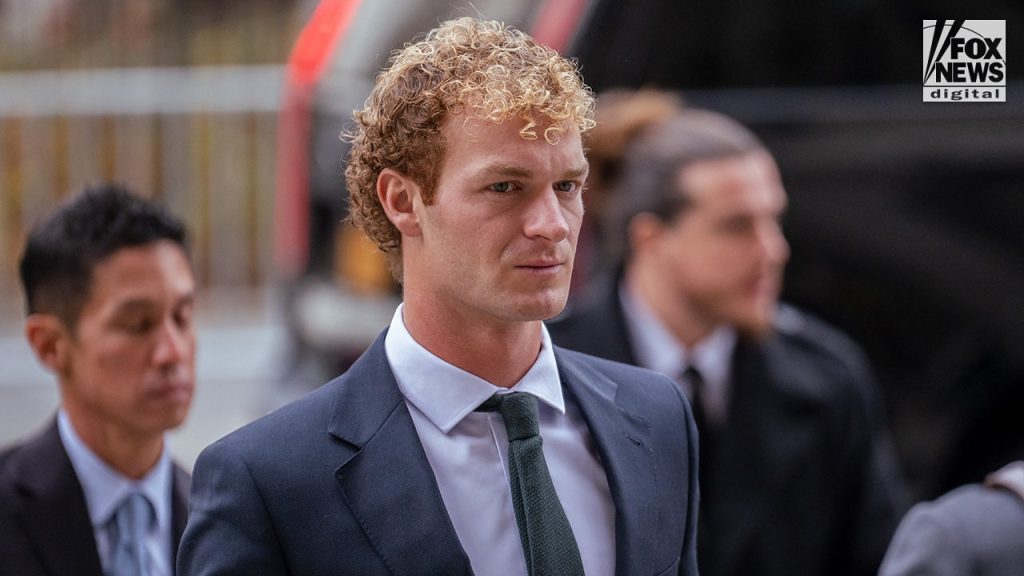Dr. Cynthia Harris, a forensic pathologist from Manhattan, conducted the autopsy on Jordan Neely, who died following an aggressive outburst on a New York City subway car. Dr. Harris determined that Neely had synthetic drugs in his system but had died from asphyxiation due to compression on his neck. The toxicology report showed the presence of synthetic cannabinoids in his blood, a drug more potent than marijuana and falling under the category of stimulants. Neely also had injuries to his face, neck, torso, and arms, as well as petechiae in his eyes and spleen damage from sickle cell trait.
During the trial of Daniel Penny, the man accused of causing Neely’s death, Dr. Harris commented on a video of the incident and noted that Neely was signaling for help, straining to breathe, and making hand gestures before losing consciousness approximately two minutes and nine seconds into the video. The video showed Penny employing a chokehold on Neely, who had been acting aggressively on the subway car, making threats and lunging at people. Other passengers helped subdue Neely until police arrived, but he ultimately died as a result of the encounter. Dr. Harris testified that asphyxiation led to Neely’s death, with the brain being the first organ to be deprived of oxygen in such cases.
Joseph Caballer, a Marine martial arts instructor, also testified during the trial, explaining the mechanics of chokeholds and the aim of rendering the aggressor unconscious. These maneuvers can either deprive the brain of blood flow or oxygen, leading to different physical manifestations in the victim. Dr. Harris pointed out the signs of asphyxiation in the video of Neely’s struggle, such as distended veins and a purple discoloration of his face. While Neely still had a pulse after the chokehold was released, it was revealed that the brain dies first in asphyxial deaths due to oxygen deprivation.
Eric Gonzales, a witness who appeared in the video helping Daniel Penny hold down Neely, testified in court that Penny had not held Neely tightly enough and that he felt a pulse when they both let go. Gonzales had initially lied to investigators but was granted immunity from prosecution in exchange for his testimony. Penny could face up to 15 years in prison if convicted of manslaughter and also faces a count of criminally negligent homicide in connection with Neely’s death. The prosecution was expected to rest its case after Dr. Harris’ testimony, with Penny’s defense team preparing to call their first witness when court proceedings resume.
The trial of Daniel Penny shed light on the circumstances surrounding the death of Jordan Neely and the actions that led to his demise on a New York City subway car. The testimonies of Dr. Cynthia Harris, Joseph Caballer, and Eric Gonzales provided insight into the medical, martial arts, and eyewitness perspectives of the events that unfolded during the incident. The presence of synthetic drugs in Neely’s system, the use of a chokehold by Penny, and the subsequent postmortem findings all played crucial roles in determining the cause of death and assessing the potential charges faced by the defendant. As the trial progresses, further evidence and testimonies will continue to shape the narrative surrounding this tragic case and its legal implications.













